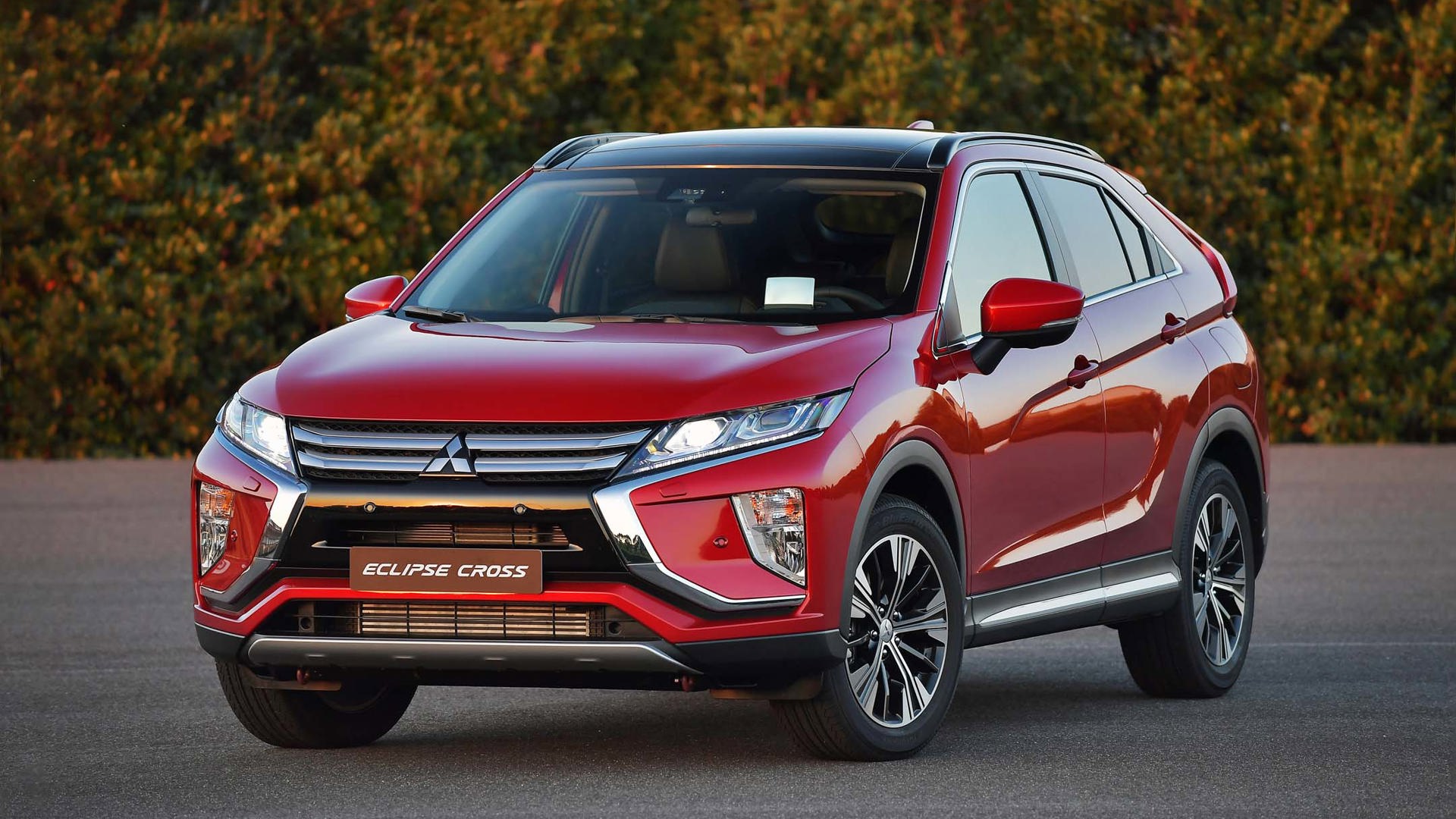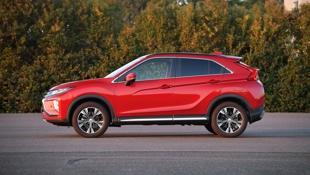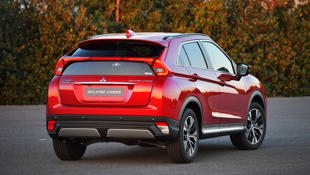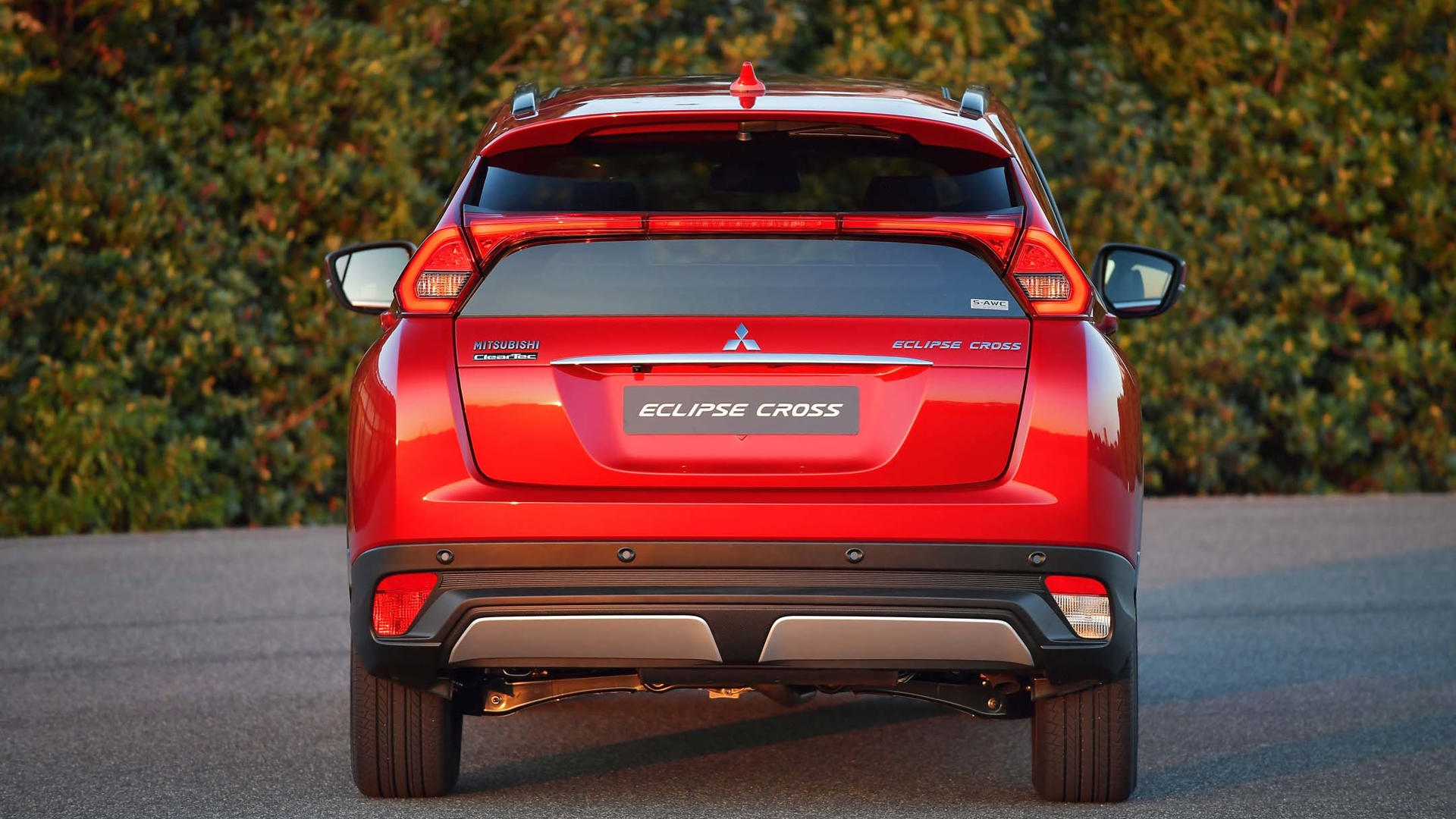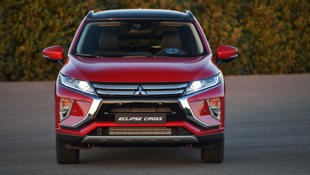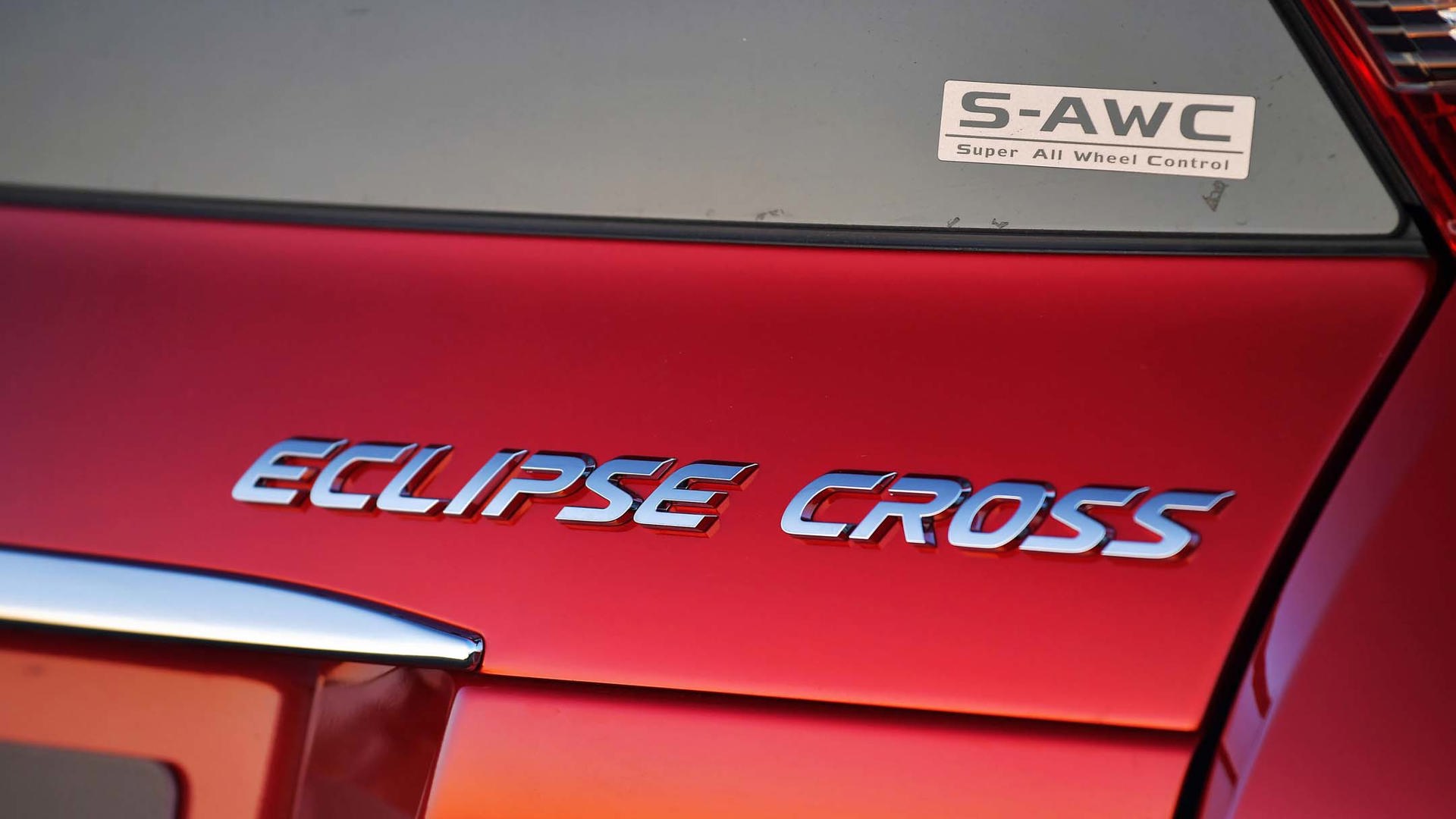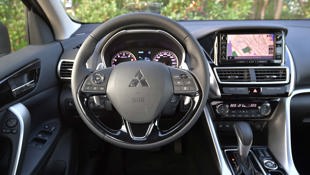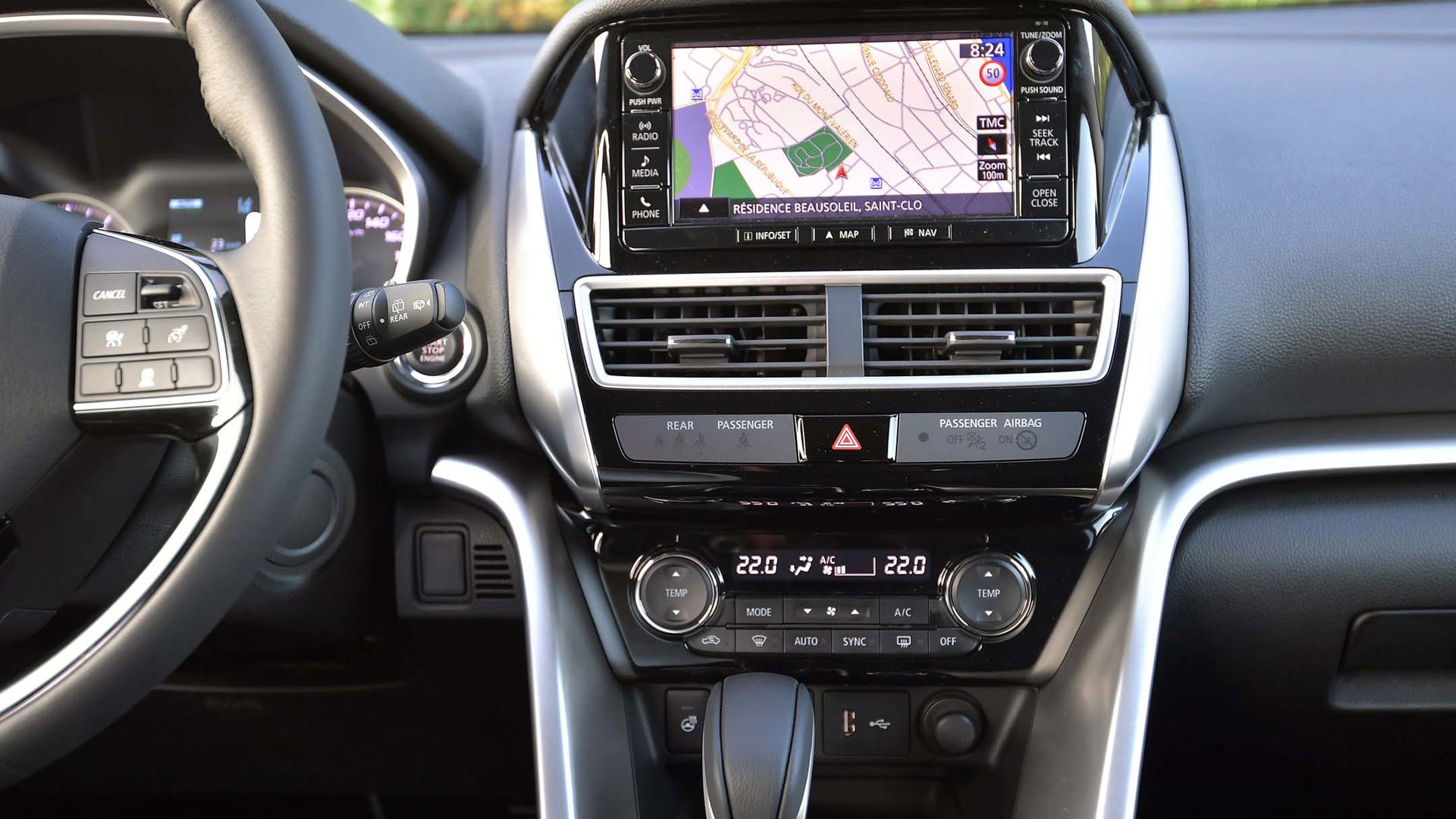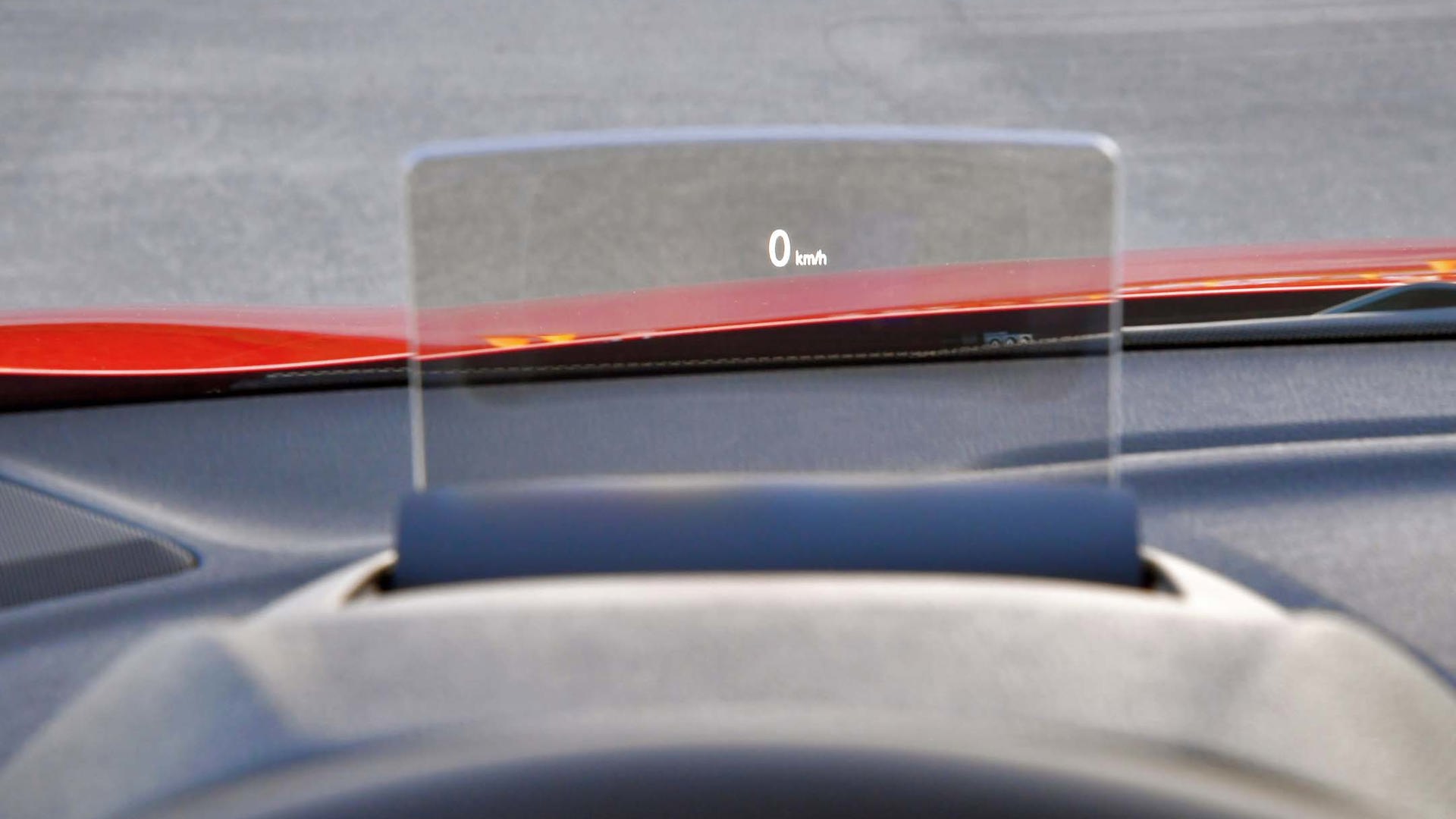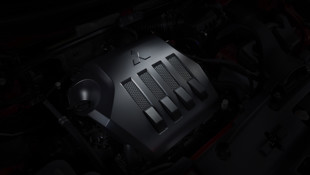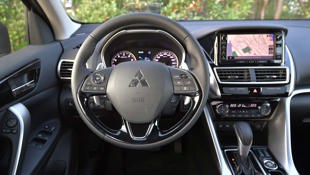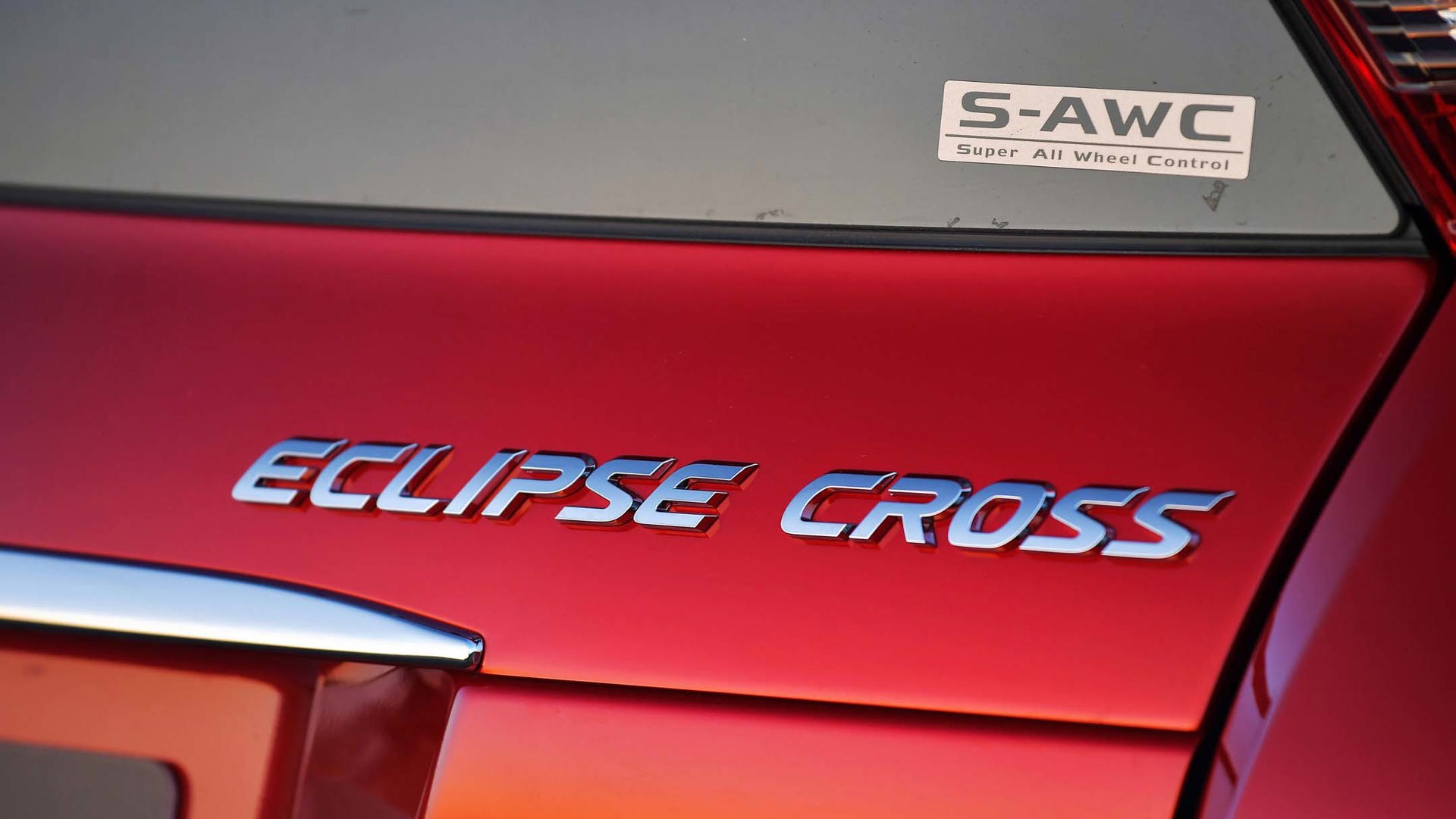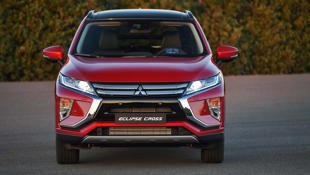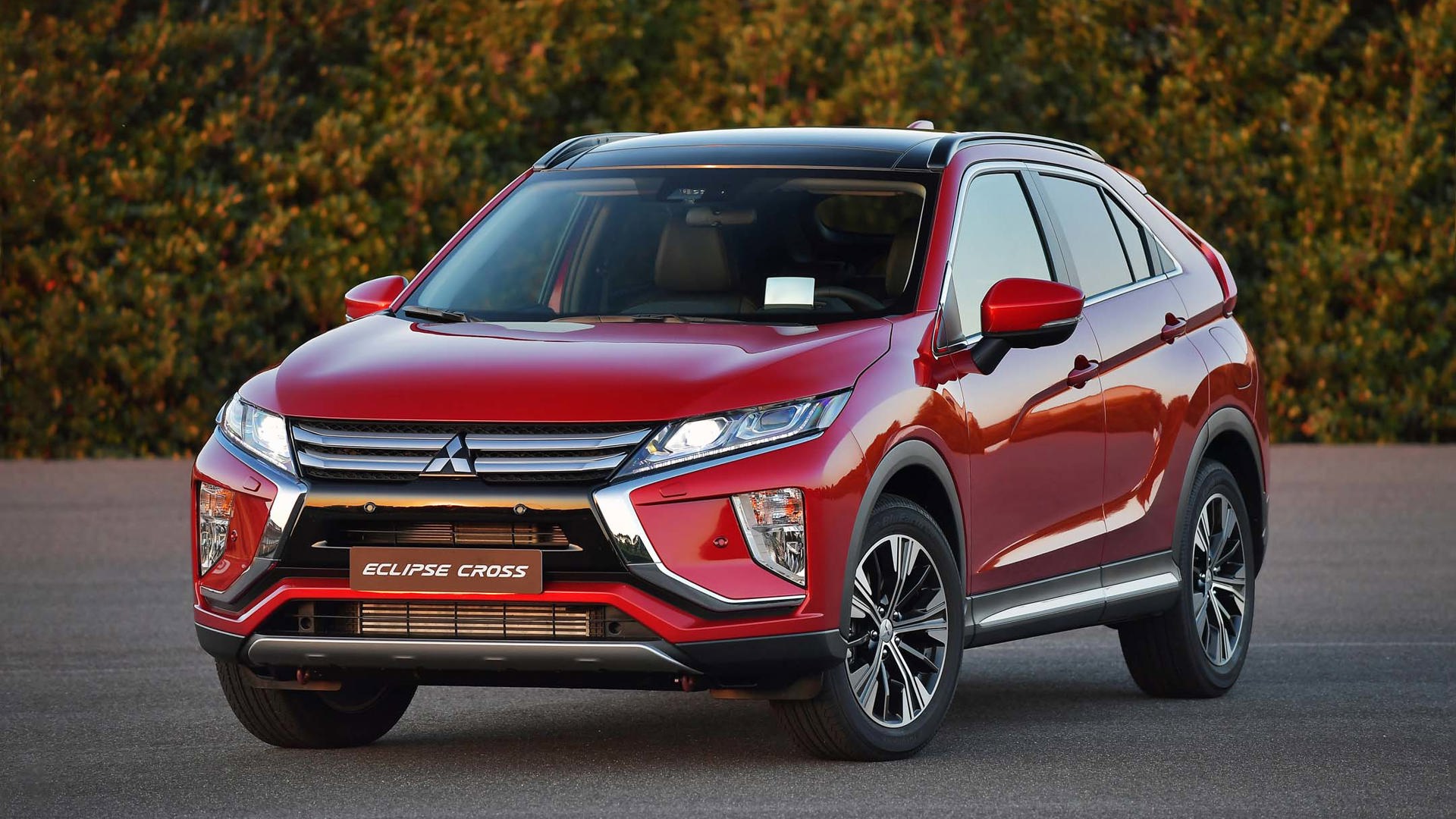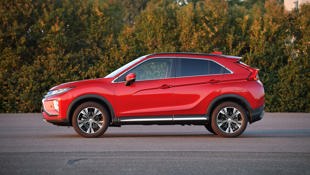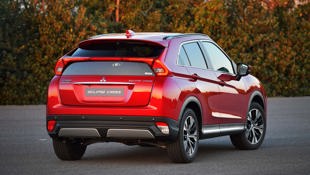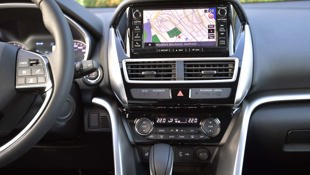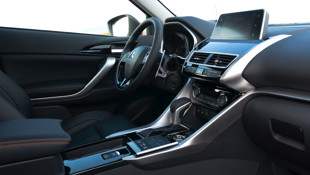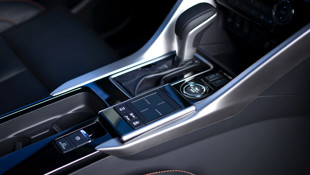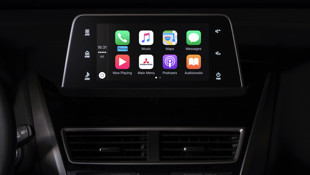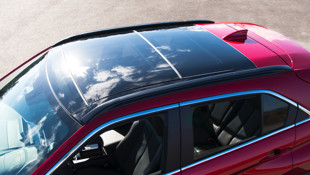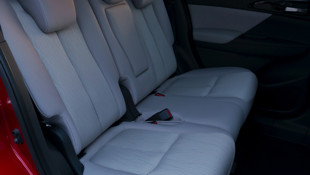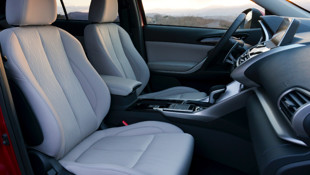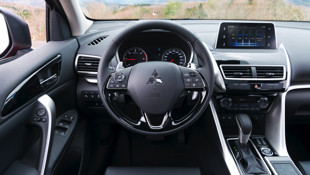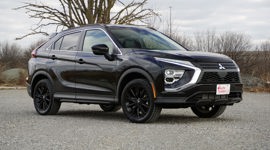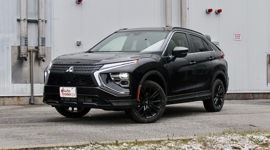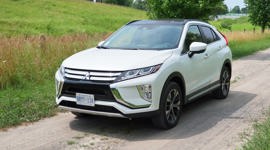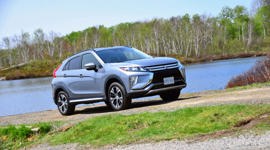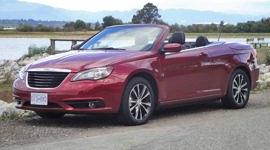Mitsubishi Motors is an upbeat place these days.
Having just been brought into the Renault-Nissan-Mitsubishi Alliance, plans are well afoot for resource and platform sharing between the three brands that gives Mitsubishi access to new heights of efficiency. The future, on its face, looks bright.
On an initial pass, the full package feels steady and reliable, which is all that the majority of its owners will ask of it.
Enter the Eclipse Cross, the first all-new model to be released by Mitsubishi since joining the Alliance. Although planning for it started years ago, the company is well aware of the optics that are riding on the success of this new crossover – even before factoring in that it’s a brand-new entry into what’s currently the hottest segment in Canada.
To that point, there’s been some confusion about exactly which segment the Eclipse Cross is joining. Its relatively small stature gives the impression that it might be a subcompact crossover, which would put it head-to-head against the 2018 Nissan Qashqai, Mazda CX-3, and the upcoming Hyundai Kona, among others.
However, Mitsubishi already has a competitor in that segment, the RVR. The Eclipse Cross is a larger vehicle, though only marginally, so the company is positioning it as a compact and pitting it against the 2018 Honda CR-V, Toyota RAV4, Ford Escape, Chevrolet Equinox, Mazda CX-5, and roughly a dozen other products already being sold in this space.
This is also the vehicle that Mitsubishi hopes will help it retain Lancer customers as that badge is discontinued, following on the trend of sedan owners increasingly moving into crossovers instead of into other sedans.
Will it work? Possibly. Prospective owners will need to make a few compromises, but those willing to do so will find that the Eclipse Cross delivers in notable ways.
Powertrain
The base MSRP of $27,798 seems high for the segment until you dig deeper into what’s included as standard.
Every Eclipse Cross sold in Canada will come equipped with the same powertrain: a 1.5L turbocharged and direct-injected I4 engine that produces 152 horsepower at 5,500 rpm and 184 lb-ft torque at 3,500 rpm, mated to a CVT with an eight-step sport mode function. All models will also come with Mitsubishi’s Super All-Wheel Control system that integrates four-wheel drive with active stability control and active yaw control and distributes torque from front to rear and between the left and right wheels.
My first drive of this new model took place at the Okazaki Plant in Japan where the Eclipse Cross is built, in the controlled environment of their proving grounds. There, I found that throttle response feels very good and the powertrain offers sufficient output to be pleasant for everyday driving. The CVT comes across as capable without being overly buzzy. On an initial pass, the full package feels steady and reliable, which is all that the majority of its owners will ask of it.
Design
With a look that’s so angular that the company itself describes it as “almost cubist”, the Eclipse Cross makes for a relatively edgy entry into the CUV segment. The shoulder line is the sharpest in the current Mitsubishi line-up, and the tighter application of the signature dynamic shield grille gives it a bold up-front look.
It also comes with attention to smaller details that could make this a nicer crossover to live with day-to-day than some, including a door that wraps all around the vehicle base (and therefore protects your pant legs from snow and salt in winter) and a split rear-window design that’s more typically found on hybrid vehicles. I sometimes find this layout to be visually distracting, but in the Eclipse Cross it works and goes a long way toward improving rearward visibility.
The interior design is functional, if not especially inspiring – it doesn’t make much attempt to hide that the majority of the parts are plastic. Still, there’s one key element that’s likely to convert some sales, and that’s the rear seats: not only can they come heated, but they also have eight steps of recline from 16 to 32 degrees and can slide forward and back through a range of 200 mm. At its furthest back, this delivers the best rear legroom in the segment.
However, these sliding seats also encroach on a cargo area that already gives the impression of being relatively small for the segment. As far as compromises go, this looks to be the biggest that potential buyers will need to weigh.
[UPDATE: Cargo volume with rear seats folded down is approximately 1,385 litres dropping to 1,382 in GT trims courtesy of the panoramic roof and subwoofer. With all the seats in place cargo volume is 640L (626 for the GT).
Drive experience
Generally speaking, the Eclipse Cross makes a solid first impression. Some wind noise makes its way into the cabin at highway speeds, but the interior is otherwise tranquil, save for some light squeaks and rattles over bumps that Mitsubishi hasn’t yet massaged out.
At lower speeds and on rougher roads, the ride remains composed and smooth. The only time when the Eclipse Cross seems the slightest bit unsettled is in long curves at highway speed, where I noticed some body roll.
Several new-to-Mitsubishi features are available in the Eclipse Cross that improve the in-cabin experience, such as a dual-pane power panoramic sunroof with a lifting wind breaker and a full-colour head-up display, the latter being an unusual offering in the compact crossover segment.
Heated front seats and side mirrors are standard, and a heated steering wheel and rear seats come equipped on the top-of-the-line GT model.
Connectivity and safety
A 7.0-inch infotainment screen is the only one available, and it comes across as a tad small in a vehicle of this size. However, it includes compatibility with both Android Auto and Apple CarPlay as standard, which will make up for it with many buyers. The Eclipse Cross introduces a new touchpad system that’s similar in operation to what you’d find in a Lexus. I tend not to prefer this style of interaction as I find that getting oriented takes too much attention away from the road, but on an initial pass there seemed to be enough buttons and dials available to get around it.
The list of available safety features includes adaptive cruise control, rear cross-traffic alert, blind-spot warning, automatic high-beams, forward collision warning, lane-departure warning, and a multi-view camera.
Pricing, trims, and availability
The base model of the Mitsubishi Eclipse Cross, dubbed the ES, starts at $27,798 and includes heated front seats, heated power side view mirrors with integrated LED indicator lamps, 18-inch alloy wheels, the 7.0-inch infotainment system with Android Auto and Apple CarPlay compatibility and steering wheel mounted controls, a rear-view camera, automatic climate control, keyless entry, and other features.
Moving up to the SE model, priced at $29,998, adds on blind-spot warning and lane-change assist, rear cross-traffic alert, paddle shifters, power folding heated side-view mirrors, dual-zone automatic climate control, a leather-wrapped steering wheel and gearshift knob, rain-sensing wipers, and premium seat fabric. For $2,000 more, the SE Tech package integrates forward collision mitigation, lane-departure warning, adaptive cruise control, automatic high-beams, an auto-dimming rear-view mirror, and black roof rails.
The top-tier GT model, with an MSRP of $35,998, includes the power panoramic roof, LED headlamps, head-up display, multi-view camera, a 710-watt, nine-speaker Rockford-Fosgate audio system, leather seats, a power driver’s seat, and heated steering wheel and rear seats.
Early adopters can also consider the Diamond Edition, of which 150 units will be available through an online promotion. This limited-edition model includes a unique body kit, black-painted 18-inch alloy wheels, corner and side sill extensions, and a five-coat Red Diamond paint colour. The Diamond Edition is priced at $37,498.
The Eclipse Cross is entering a segment where consumers already have a wealth of options, but it will stand out most for couples or small families who tend to hang onto their vehicles for a long time – Mitsubishi’s 10-year or 160,000 km limited powertrain warranty is a stout offering – as well as for buyers who appreciate having access to a strong all-wheel-drive system in an affordably priced base model.
Check it out for yourself when it begins arriving at dealerships across Canada in March.
